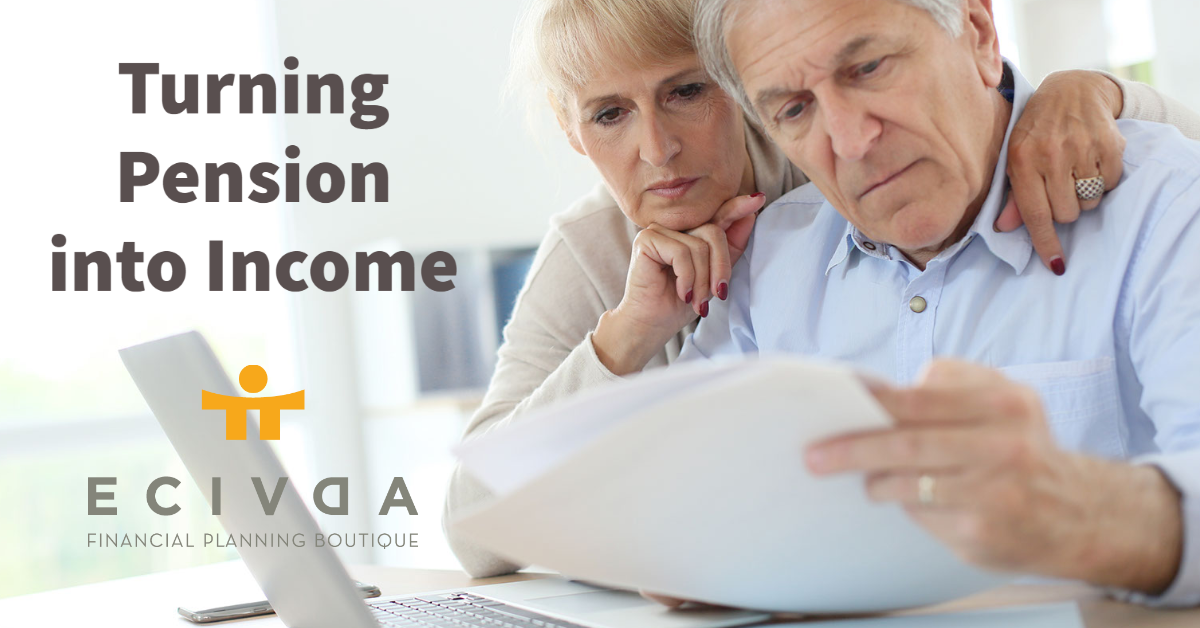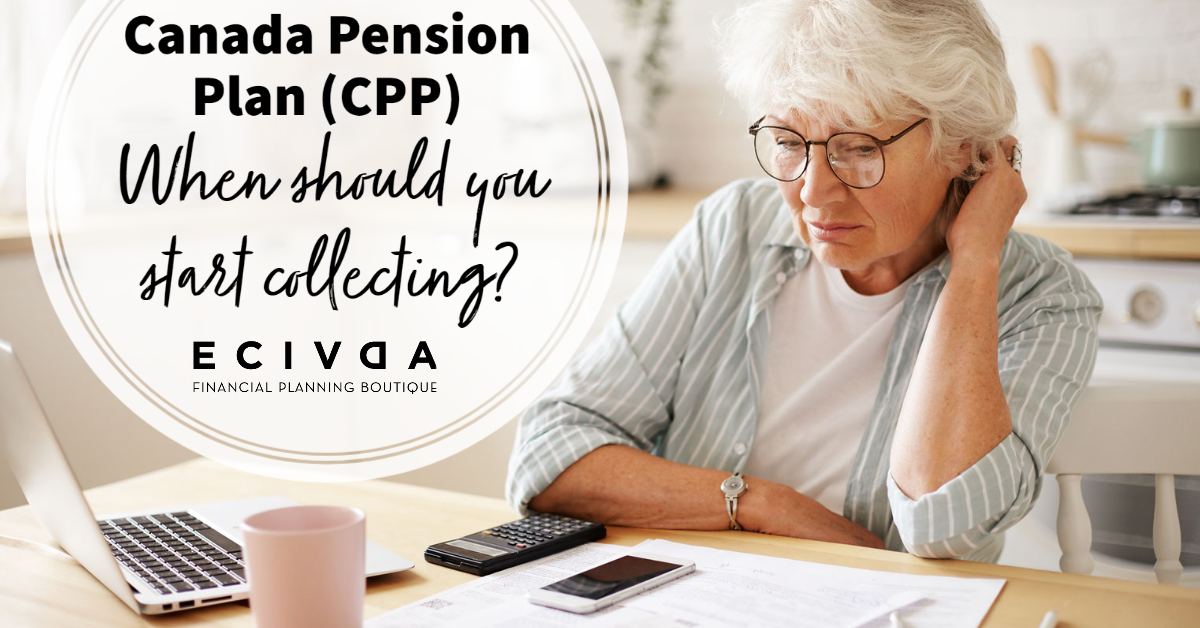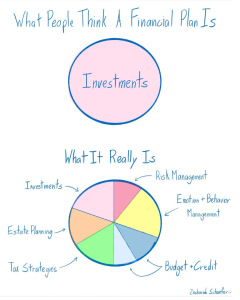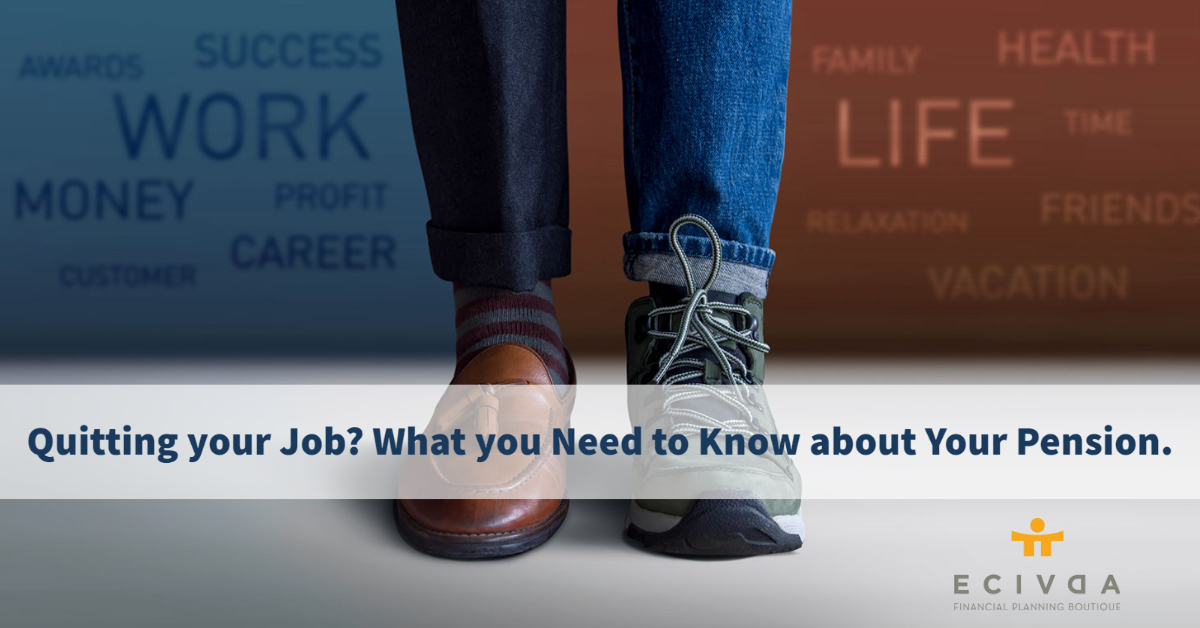Turning Pension into Income
By: Brian Adams, CLU, CH.F.C
You have worked for a company (or perhaps several companies) over the years, and you now want to hang up your skates and retire, however no one has shown you how to do that. In other words, where will my income come from?
Yes, you know you have a pension that you have been paying into, for what seems like forever, but how do you change that into income for you and your family?
First, you get a quote on how much is in that pension or pensions of yours and then you find out if that pension is portable (can it be transferred). Some, such as the ones with the federal government, are not.
Next you find out if your pension is indexed or not and, if so, at what percentage. If your pension is indexed, you may want to just leave it right where it is.
Let’s assume yours is portable and not indexed. So now you want to transfer that locked-in (taxed under pension rules) plan under your former employer, to a locked-in plan under your name.
You are allowed to move it to a Locked-In Retirement Account (LIRA) tax free. When you are ready to start taking an income from that account you can move it to a Life Income Fund (LIF). Which is essentially the same thing as a RRIF, that most people have heard of.
When you move it to a LIF in Ontario, you are allowed to unlock up to 50% of the value that was in your LIRA and put it into that RRIF or an RRSP.
That 50% that is still in the LIF has minimum and maximum amounts that can be taken each year as income, based on age. However, that other 50% in the RRIF or RRSP can be taken whenever you want and in any amount you want. All income will be taxable whether in the form of LIF or RRIF income.
Combine this with your Canada Pension Plan (CPP) and Old Age Security (OAS), which are both indexed, along with any RRSP and TFSA savings you have, and you have your income.
For more information, click HERE.



